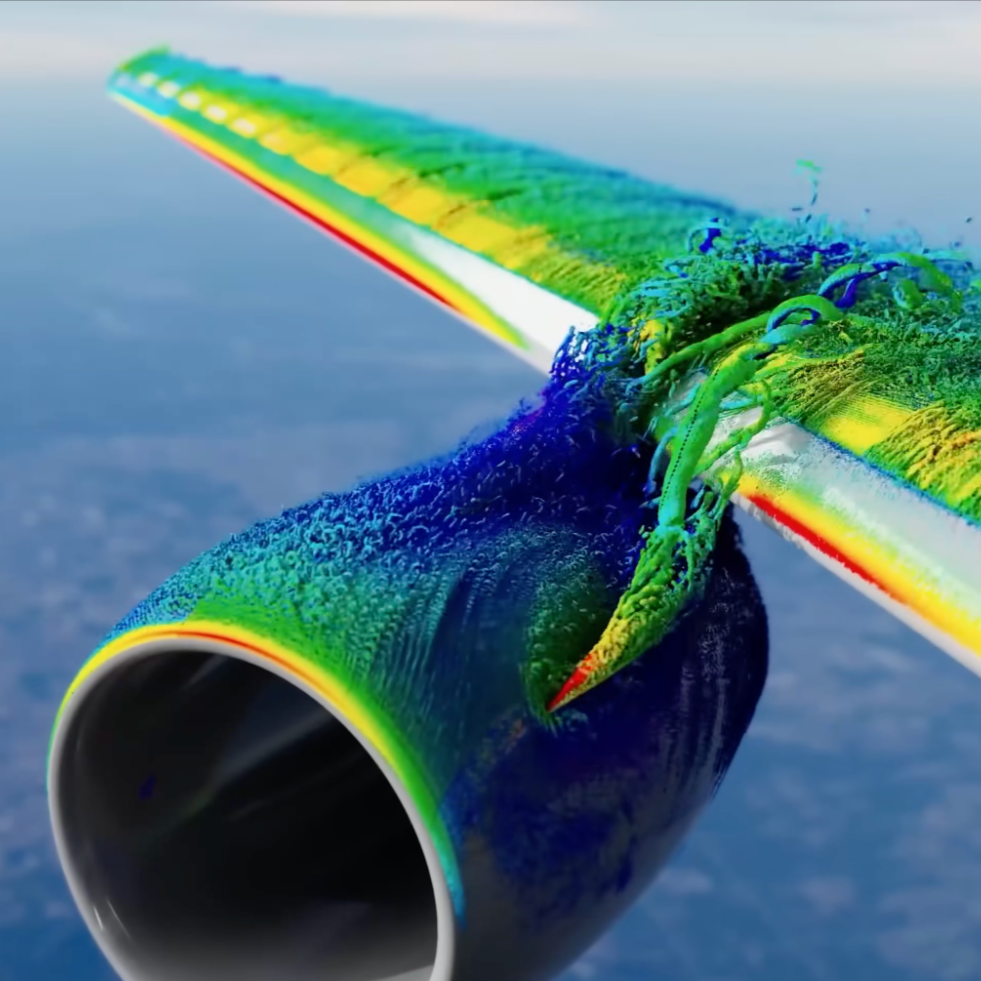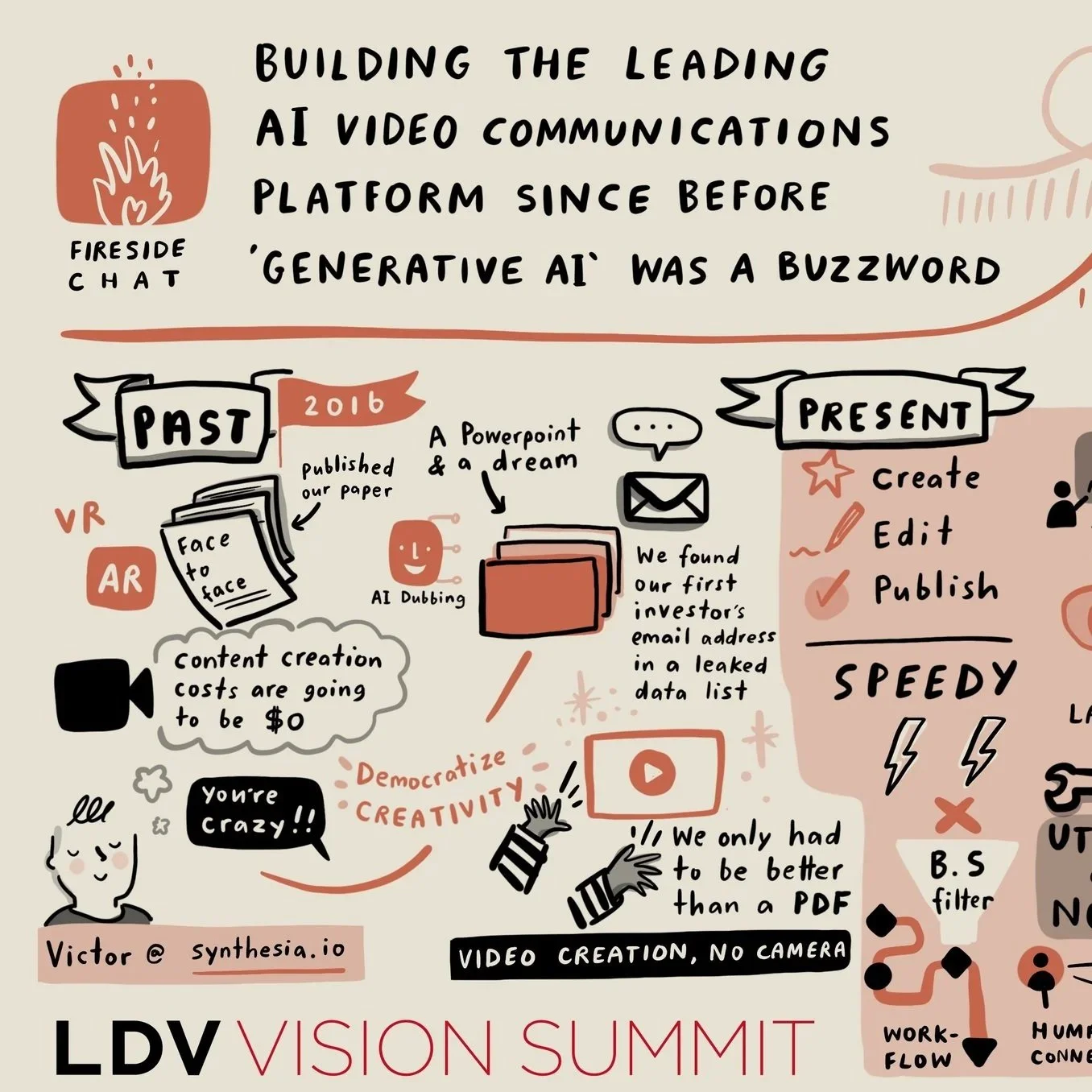Visual Technologies are Progressing Rapidly as Computing Power Grows
/(L to R) Ted Hou, Laura Smoliar, Drew Lanza - Founders of The Berkeley Catalyst Fund
Dr. Laura Smoliar is a Founding Partner at The Berkeley Catalyst Fund where she focuses on pre-seed and seed-stage companies in biopharma, agriculture, medical device, clean air, clean water, energy storage, and sensors.
Laura was sharing her knowledge on trends and investment opportunities in visual technologies as a panelist and startup competition judge at the 6th Annual LDV Vision Summit.
Evan Nisselson, General Partner at LDV Capital asked Laura some questions about her experience investing in visual tech.
Evan: You recently co-founded The Berkeley Catalyst Fund with a hybrid fund structure that invests in Seed/Series A companies and includes a sister philanthropic fund. Can you tell us what is unique about your fund, why you created this hybrid structure, and what sectors you are focusing on?
Laura: The Berkeley Catalyst Fund (BCF) is a standard GP/LP venture capital fund with a sister philanthropic fund managed by the UC Berkeley Foundation, which is an LP in the BCF. The UC Berkeley Foundation enables donors to contribute to building the entrepreneurial ecosystem, and we share returns on the fund with the UC Berkeley Foundation for the benefit of the College of Chemistry at UC Berkeley. Our hybrid structure allows us to comply with tax laws and conflict of interest rules; it is now being replicated in other parts of the University of California System. BCF has a sector focus on life sciences, cleantech, agriculture, and sensors. We source broadly in the Bay Area ecosystem and do not require a connection to UC Berkeley.
Evan: You have entrepreneurial experience as founder of Mobius Photonics which was acquired by public company IPG Photonics. You have worked in diverse hardware industries including data storage, displays, lasers, and biotech instrumentation. Which aspects of your expertise do you believe helps you empower entrepreneurs to succeed and why? Are there certain types of entrepreneurs that you prefer working with?
(L to R) Laura Smoliar and Serena Tan of Morrison & Foster at Morrison & Foster’s Global Venture Summit 2018
Laura: I have managed many complex engineering development programs that require cross-functional teams covering different areas of expertise. Many of these included international partners. That past experience is often helpful to the entrepreneurs I work with now.
I like to work with entrepreneurs that see investors as part of the team, who are open and transparent, and who like to solve problems together. I work with first-time entrepreneurs as well as very seasoned CEOs in the portfolio, and I enjoy working with both.
Evan: You invested in Invenio Imaging. We recently published an in-depth report on how Nine Sectors Where Visual Technologies will Improve Healthcare by 2028. What excites you about Invenio Imaging and why did you choose to invest in them?
Laura: The Invenio team is very accomplished, very dedicated, and very impressive. We always look at the team first. They understand their domain deeply, and they are solving an acute problem for surgeons by providing rapid digital pathology. The underlying fiber laser technology is very familiar to me as I worked in that field previously, and the development of AI for analyzing the images is exciting and has great potential in the future.
Evan: You have invested in other visual technology companies. Can you give us another example and what inspired you to invest?
Laura: We are also invested in a LIDAR company called Oyla. Again, we were drawn to the team, who have a successful track record and work well together. They also have a great board.
Evan: In the next 10 years - which business sectors will be the most disrupted by computer vision and why?
Laura: I see the confluence of more powerful imaging and detector technology plus AI strongly impacting medical and automotive sectors, two areas where we have invested, but also agriculture, advanced manufacturing, consumer electronics, and security. In all cases, processing information rapidly in a way that is actionable is enabled.
Evan: LDV Capital started in 2012 with the thesis of investing in people building visual technology businesses and some said it was “cute, niche, and science fiction.” How would you characterize visual technologies today and tomorrow?
Laura: I agree that investing in people is the key. Visual technologies are progressing rapidly as computing power grows and is more accessible to all. I would say visual technologies are fundamentally enabling, allowing us to understand large data sets in relevant ways, more rapidly. This enables more informed decisions.
(L to R) Drew Lanza of The Berkeley Catalyst Fund, and the DNALite founders, Tim Day, CSO and Mubhij Ahmad, CEO, and Laura Smoliar
Evan: You frequently experience startup pitches. What is your one-sentence advice to help entrepreneurs improve their odds for success?
Laura: We focus on the team first, so I am looking to understand what makes the entrepreneur tick. Why are they excited about what they are doing and can they get others to follow them? My advice: practice pitch on people outside of your field and make sure you can connect with them, excite them, and inspire them.
Evan: What are you most looking forward to at our 6th LDV Vision Summit?
Laura: I look forward to meeting early-stage entrepreneurs and investors who are interested in vision in all its various forms.













